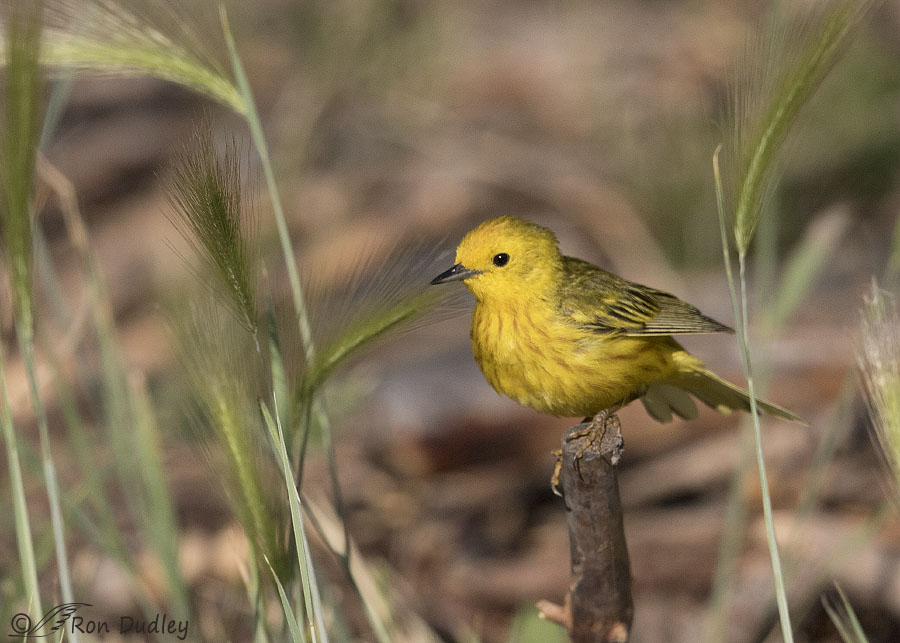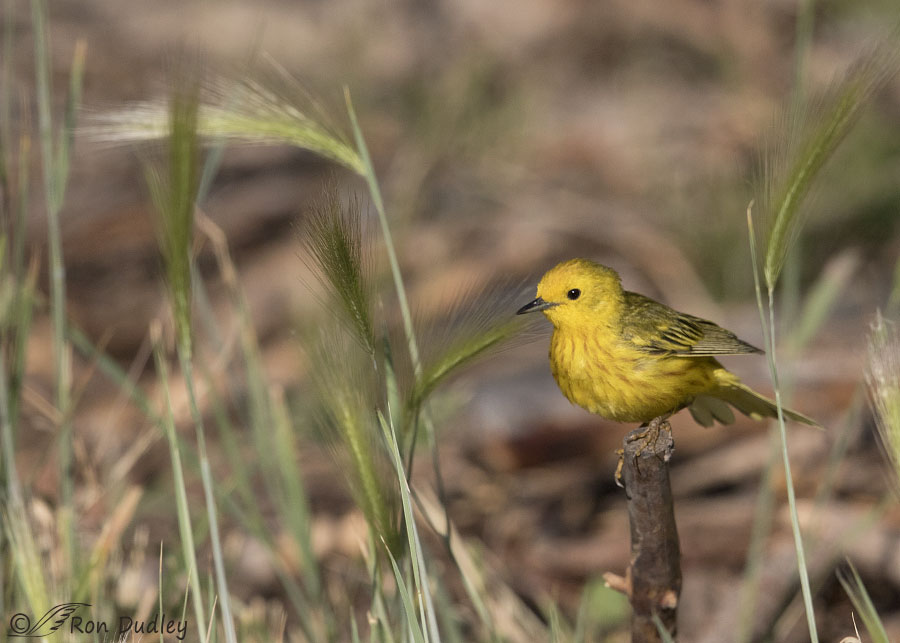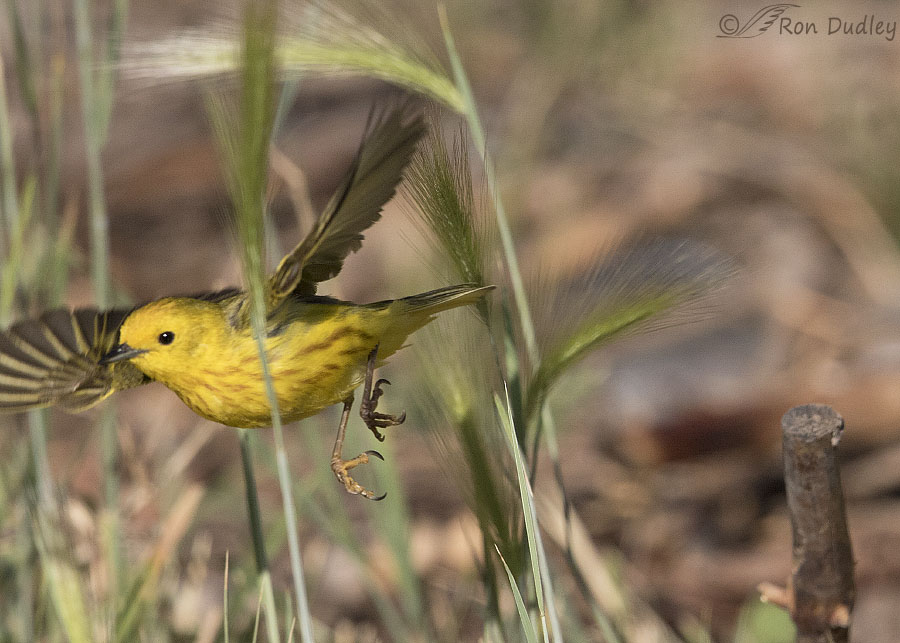If you’re not interested in this subject as a photographer I would think many bird lovers would be interested in it as a demonstration of how incredibly fast little birds are.
I purchased my first Canon 7D Mark II camera immediately after it came out in 2014 (I was the first customer to buy one from my dealer). I liked it well enough to eventually buy a second one. And one of the reasons I’ve been such a fan of the camera was because of its fast (at the time) burst rate. 10 frames per second was a 25% improvement over the 8 fps of my previous camera, the Canon 7D. Birds are quick little devils and I lean toward flight and behavior shots which makes a fast burst rate particularly important to me.
But how fast is ‘fast enough’? And am I still satisfied with the 10 fps of the 7DII? For me the answer to the second question is now a resounding ‘no’ and I’ll try to explain and demonstrate why.
But I think it’s important to understanding for me to first demonstrate just how fast 10 fps actually is. Short of having a 7D II in your hands the best way to accomplish that understanding would be for viewers to watch (and listen to) part of the following video clip on YouTube. It’s only important to watch the first 56 seconds of it (or even less). I hope you’ll watch it and if you do be sure to have your sound turned up.
Canon EOS 7D Mark II – Burst Shot Mode Test
I think it probably sounded and looked pretty fast to most viewers but is it fast ‘enough’ for little birds? Let’s see if it is.

1/4000, f/6.3, ISO 800, Canon 7D Mark II, Canon EF 500mm f/4L IS II USM + EF 1.4 III Extender, not baited, set up or called in
I photographed this handsome little male Yellow Warbler with my 7DII several days ago in the Wasatch Mountains. Atypical for these frenetic little guys he stayed on this perch for long enough that I was able to get quite a few nice shots of him. But I’m a greedy sucker and I really wanted takeoff and/or flight shots too. I prepared myself for launch as best I could and hoped he’d fly to my left, despite the fox tails in front of him.
Human reflexes just aren’t fast enough to keep these little birds in frame if the photographer waits for takeoff to push the shutter. But this time I was able to anticipate takeoff and had already pushed my shutter button down with my camera in burst mode so a burst was underway when this shot was taken. Notice that he’s already spread his tail and raised his wings slightly at the very beginning of takeoff.
And yes, he did take off to my left. So, what do you think I got or didn’t get in the next frame, 1/10 of a second later?

To make it a fair question here’s a different crop of the same photo so you can see all the way to the left edge of the actual frame. Given how much room I have in that direction do you think all of the bird would still be in frame 1/10th of a second later?

1/4000, f/6.3, ISO 800, Canon 7D Mark II, Canon EF 500mm f/4L IS II USM + EF 1.4 III Extender, not baited, set up or called in
Nope, I cut off part of his right wing. Needless to say, little birds are fast!
The warbler is a little soft anyway but if he’d been sharp I’d have been very disappointed to have butchered the shot (and the bird), despite the stem in front of him. This happens to me time and time again – sometimes several times in a single morning. It happened one other time on the morning this photo was taken.
So yes, when Canon comes out with a new replacement for the 7DII I’ll likely scarf it up in a heartbeat because it will almost certainly have a faster burst rate, among other improvements. I have no interest in changing camera brands or going with a full frame camera (some of which have faster burst rates than the 7D II) so I’ll wait, albeit a bit anxiously.
Admittedly there are several variables I haven’t mentioned here that go into determining what burst rate is fast enough for an individual bird photographer. But for me I lust for more speed when it becomes available.
Ron


Very nice article Ron. I agree completely with you re: the need for a high frame rate, especially for birds like warblers. Those little devils are QUICK. Love you bird images!
Thank you, Gary.
Even though I don’t have a fancy camera or try for behavior shots as you do, I am impressed by how much faster the bird is than your camera. I watched the video clip sans sound because we’re watching the Belgium/England 3rd-place game of the World Cup. The burst rate certainly seems fast enough, but clearly is not.
Those little guys are speedsters, Susan. I think it’s something most folks don’t really think about but as a bird photographer I’m very aware of it.
Even though I am not a photographer (by a long shot!), I find the photogeekery to be very interesting and I’m learning a lot. The video was helpful for me to see how fast (and hear how loud) the shutter is. So amazing that birds are even faster! 🙂
Marty, the sound of the shutter slapping is annoying to bird photographers because it occasionally scares away birds or prevents them from coming in close. The shutter noise from my camera is louder than some but thankfully with the lens attached it muffles some of the sound.
For a change I understood much of the photogeekdom today.
And read enthralled.
Little birds DO make greased lightening look slow, lazy and predictable don’t they?
The sure do, EC! Glad you found this stuff interesting. It wouldn’t be for everyone.
There was a reason my father read Rudyard Kipling’s The Elephant’s Child to me so often I can still recite great slabs of it. Curiosity is one of my defining characteristics.
Ahhh, I’ve wondered for a long time if there was a particular reason you use that moniker online…
I use the Sony A9 with a 70-300 mm lens. The camera has a very large sensor and its burst speed is 20 frames per second. I also use a very large and fast SD card – 64 GB, 300 record, 299 write. The card has made a critical difference in getting clear, sharp images of fast things like warblers, hummingbirds, and swallows in flight. For an example, I took a burst of a hovering female Anna’s hummingbird. I took the shots at ISO 1000, f/7.1, 1/2000.
Sounds like your setup is excellent for your style and what you typically shoot, Martha. It wouldn’t work for me though, I usually need every bit of the effective 1120mm I’m usually shooting at and even with that I often don’t have sufficient reach.
Here’s my unsolicited opinion on this topic.
I shoot a 5D Mk IV which does 7 fps. There are certainly times I’ve said to myself; “I really wish I had the frame before/after this one” but those times are few and far between.
The other factor for me is this – The Mk IV is full frame which is something I’m not willing to sacrifice for the additional 3 fps the 7D Mk. II provides.
Just my opinion of course.
And I (we) appreciate your opinion, Thomas.
I’d say that given your apparent shooting style you’ve probably made the best decision for you.
But with my shooting style (concentrating on flight and behaviors) 7 fps would be endlessly frustrating, especially since I know from experience how much difference significantly faster burst rates make.
And another factor for me is the added expense. If I remember correctly your full frame camera is almost twice as expensive as the 7DII.
I also primarily shoot Eagles which are lumbering things as opposed to small song birds.
Excellent point. It really depends on what you shoot and your preferred shooting style.
Hi Ron1 Love your photography “teaching” blogs and the discussions from all your readers that follow. Being a newbie I just soak it all in. Love the idea of renting a 1Dx … but they are so gosh darn heavy 🙂
Thank you, Joanne. Like Frank said – tradeoffs, tradeoffs, tradeoffs!
Good morning Ron,
There are obviously tradeoffs comparing crop sensors vs full frame. The extra reach of the 7DII is an advantage. With your combination your affective focal length is 1120 mm. Had you been using a full frame camera your focal length would have been 700 mm. Under that scenario would the bird have been in the frame at the same frame rate and could you have cropped for composition. Also, full frame sensors tend to provide a little better a little better image quality, at least in my opionion (I’ve owned both the 7DII as well as the 1DX). So cropping from a full frame image does not result in as much a loss in image quality and result in an equivalent focal length. So, does a full frame offer greater margin for error. The arguments can go back and forth. Both have their advantages, and disadvantages. Just a question, have you ever considered renting a renting a 1DX or 1DXII and giving it a run. Used or refurbished 1DX can be had at relatively reasonable prices. The 1DXII is quite expensive and there are probably not too many used ones around. But, on the other hand, I suspect Canon is relatively close to releasing a new 7D. Or will Canon be releasing a mirrorless compatible with your lenses with higher frame rates. We shall see! Have a great day!
You make some good points, Frank, which is why I said “it’s a little more complicated than that” in my reply to Joann’s question and included a link to explain most of it.
“The arguments can go back and forth”. You’re right and they do. But for me the balance of the scale always leans toward cropped frame because of the expense of full frame vs cropped frame when everything else is equal between the two. Because cameras always become “obsolete” much more quickly than quality lenses (and I’m a retired teacher on a limited income) I prefer to put the bulk of my photography investment into glass rather than cameras. If I had $5-6K invested in a camera I’d be extremely reluctant to upgrade when the time came.
Different strokes for different folks… 🙂
Lovely little bird, Ron!! Thanks for the video access – WOW – so fast!!! And then your flight shot – OMG!! Definitely a good lesson. For me my vision is such that I don’t even try for the little guys. I love all Raptors & they are the ones I can see & capture – sometimes – in flight – LOL!! I do have a question for you. I’m looking to replace my Nikon D80 which is as old as the hills. I’ve been reading & I’ve been hearing about full frame cameras so am curious to why you don’t care for them? Would love your thoughts.
Thanks, Joann.
Full frame cameras have less “reach” than cropped frame cameras. It’s almost like having a longer focal length lens built right into your camera. For example, my 7DII has a 1.6 crop factor. Here’s the practical implication of that fact:
If I used my 500mm lens on a full frame camera I’d be shooting at 500mm.
If I use it on a Canon cropped frame camera like mine I’d be effectively shooting at 800mm (500 x 1.6). And if I have my tc attached the difference would be even more significant.
Since bird photography is my primary focus and birds are usually so difficult to get close enough to I prefer cropped frame cameras.
It’s a little more complicated than that but that’s the simple explanation.
However, take note. I don’t know a lot about Nikon cameras but if I remember correctly the crop factor is a little less on Nikon cropped frame cameras than it is on Canon cropped frame cameras.
Here’s a pretty good summary of the advantages and disadvantages of cropped frame vs full frame:
https://www.slrlounge.com/workshop/crop-vs-full-frame-cameras/
Love that first photo! That is one precious bird! Birds in flight are a constant challenge for me but it is a challenge I like. When I luck out and get a good capture, it makes my day; most flight photos are deleted but if I get that raptor or short ear in flight…’priceless’ as they say. By the way, 89% humidity this a.m.; it is so bad it is visible against the tree line. I like to blame it on the corn fields all around…transpiration 🙂
“Birds in flight are a constant challenge for me but it is a challenge I like”
That’s my philosophy exactly, Kathy. As I always say, “If good bird photography were easy everyone could do it well”. I like the challenge and the rewards of occasional success.
Your mention of “transpiration” instantly brought back memories of me in the classroom while teaching the botany portion of my biology classes. I still miss the classroom when I think about it. That’s probably why I go into “teaching mode” so often here on Feathered Photography. 🙂
I love when you go into teaching mode, Ron.
As about burst rate effects in photography. Thanks!
You’re very welcome, Art. I’m glad it was interesting for you.
I can say with certainty, my Canon EOS Rebel t6 does not make the cut! I can only take roughly 4-6 shots before the buffer fills, meaning I have to attempt to time everything perfectly, but seeing as birds can move, it usually doesn’t end well for me… Not to mention my camera’s maximum shutter speed is 4000, meaning after a certain point in the day I’m usually not able to take any more photos, due to lighting issues. Definitely time for an upgrade!
Yup, sounds like it’s about time for you to move up, Xavier. I hope you do (can) soon.
Ron: My wife and I can only concur with you on both points. We love our 7DII’s, they are reliable, focus well, and are very versatile, not to mention the 1.6 crop factor for bird photographers. But faster, bigger frame, and better are always so tempting and helpful.
Richard, Personally I have no interest in “bigger frame” (full frame) because I’d lose that extra reach. It might be different if landscape photography were important to me but my focus is almost exclusively birds.
The 7DII has been a great camera for me for almost 5 years but it’s getting time to move on when I can.